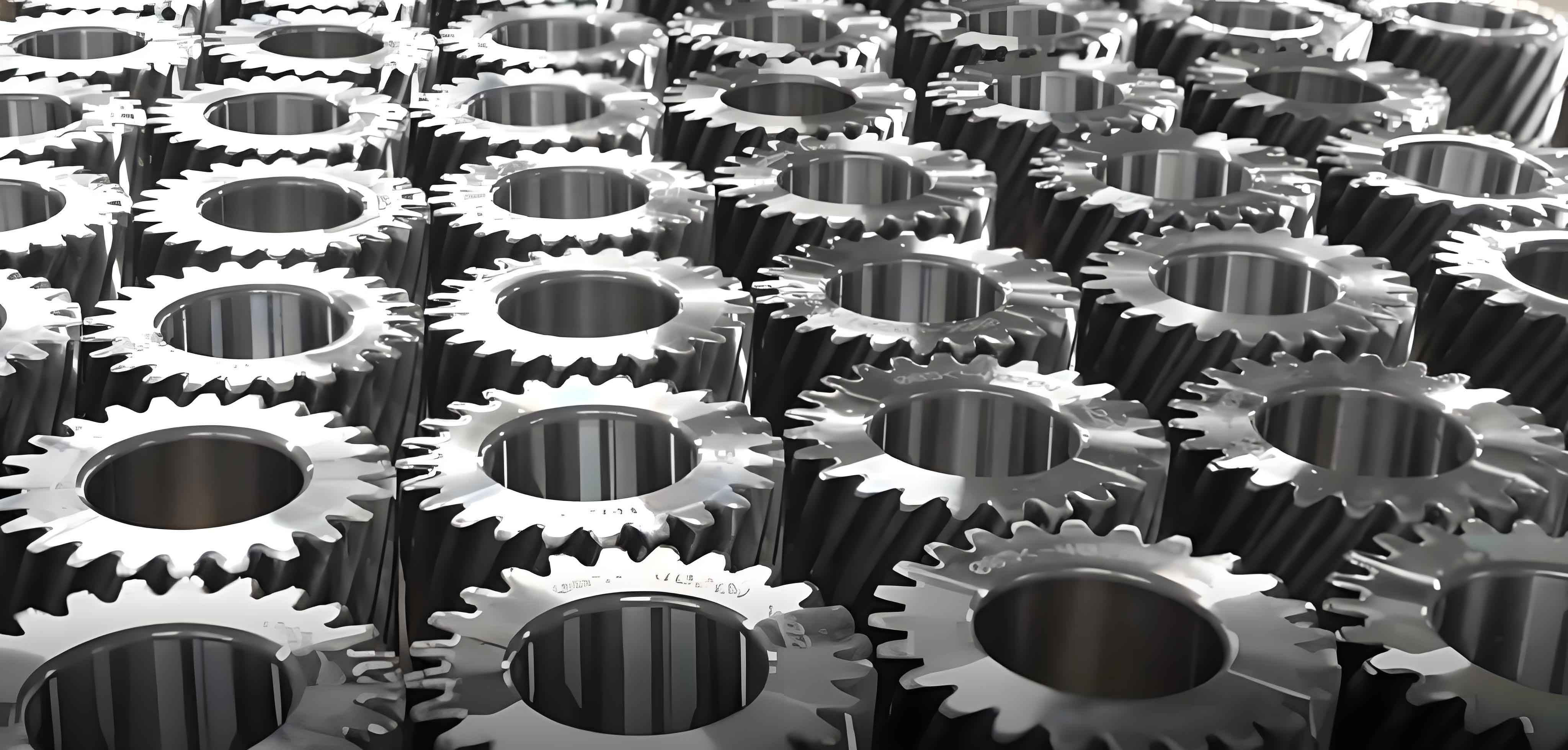1. Introduction
In modern manufacturing, the precision of spur gear directly impacts the performance and longevity of mechanical systems. Traditional contact-based measurement methods, such as coordinate measuring machines (CMMs), face limitations in efficiency, universality, and potential surface damage. To address these challenges, this study explores a non-contact laser displacement sensing technique tailored for involute spur gear profile inspection. By leveraging laser triangulation, we achieve rapid, wear-free measurements while establishing an error correction model to enhance accuracy.

2. Laser Measurement Principle
2.1 Laser Triangulation in Gear Inspection
Laser triangulation operates by projecting a laser beam onto the spur gear surface and capturing the reflected light via a CCD sensor. The displacement of the reflected spot correlates with the gear’s surface geometry, enabling non-contact measurement of tooth profiles. Key advantages include:
- High resolution: Sub-micron accuracy for detecting minute deviations.
- Speed: Real-time data acquisition reduces inspection time.
- Versatility: Suitable for materials prone to wear or contamination.
The relationship between displacement (dd) and sensor output is expressed as:d=Δx⋅sin(θ)sin(α−θ)d=sin(α−θ)Δx⋅sin(θ)
where ΔxΔx is the CCD pixel shift, θθ is the laser incidence angle, and αα is the detector angle.
3. Experimental Setup and Methodology
3.1 Equipment Configuration
The experiment utilized a HJY054 four-axis measurement center equipped with a Keyence LK-H050 laser displacement sensor. Key specifications are summarized below:
| Parameter | Value |
|---|---|
| Measurement Range | ±10 mm |
| Linearity Error | ±0.02% F.S. |
| Repeatability | 0.025 μm |
| Laser Wavelength | 650 nm (Red Semiconductor) |
The setup included linear axes (X, Y, Z) and a rotary C-axis for 360° gear rotation. A Renishaw grating system ensured positional accuracy of 1 μm (linear) and 0.001° (rotary).
3.2 Data Acquisition Protocol
- Sensor Calibration: Align the laser beam perpendicular to the spur gear surface.
- Variable Control: Adjust incidence angles (−45° to 45°) and depths (−10 mm to 10 mm).
- Error Mapping: Record sensor outputs at 1 mm intervals and compare with reference values from a laser interferometer.
4. Error Source Analysis
Laser-based measurements of spur gear is influenced by:
- Incidence Angle: Larger angles amplify nonlinear errors due to geometric distortion.
- Surface Inclination: Tilted surfaces cause light scattering, reducing signal clarity.
- Environmental Noise: Temperature fluctuations (±0.01% F.S./°C) and vibrations affect stability.
4.1 Quantifying Angle-Dependent Errors
Experimental data revealed a direct correlation between incidence angle (θθ) and measurement error (EE):
| Incidence Angle (°) | Error (μm) |
|---|---|
| 10 | 0.05 |
| 20 | 0.12 |
| 30 | 0.25 |
| 40 | 0.45 |
5. Error Correction Model
5.1 Mathematical Formulation
A polynomial regression model was developed to compensate for systematic errors:Ec=k1θ+k2θ2+k3d+k4d2Ec=k1θ+k2θ2+k3d+k4d2
where EcEc is the corrected error, and k1k1-k4k4 are coefficients derived from experimental data.
5.2 Database Integration
An error compensation database was created to store pre-calibrated correction values for specific combinations of θθ and dd. During measurement, real-time adjustments are applied using lookup tables.
6. Experimental Results and Validation
6.1 Pre- vs. Post-Correction Accuracy
The error correction model significantly improved measurement precision for spur gear:
| Parameter | Before Correction (μm) | After Correction (μm) |
|---|---|---|
| Profile Error (FaFa) | 13.0 | 8.9 |
| Pitch Error (FpFp) | 27.3 | 19.6 |
6.2 Compliance with Standards
Post-correction results met GB/T10095.1-2008 tolerances for Grade 6 spur gear, validating the method’s industrial applicability.
7. Conclusion
This study demonstrates that laser-based non-contact inspection, combined with an adaptive error correction model, enhances the accuracy and efficiency of spur gear quality control. Future research will focus on:
- Integrating machine learning for dynamic error prediction.
- Expanding the database for diverse gear geometries.
- Optimizing sensor placement for complex tooth profiles.
